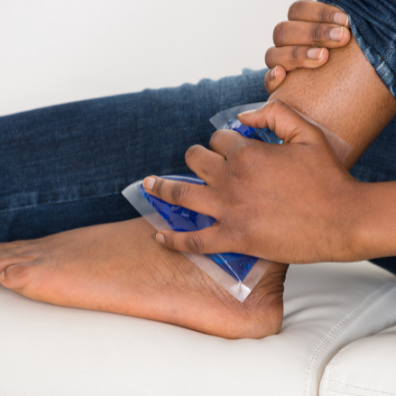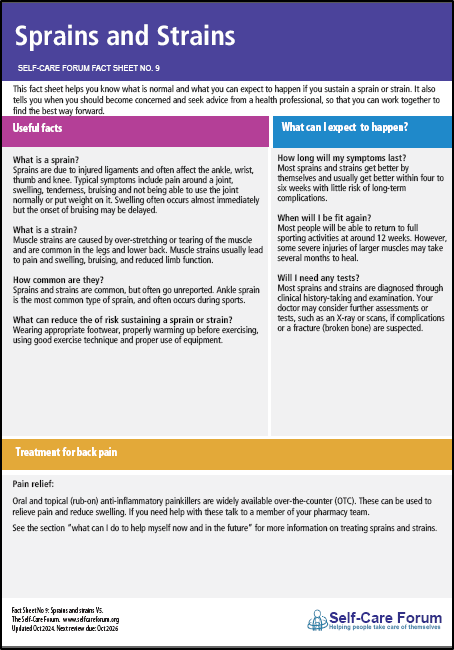About us
Self-Care Week
Factsheets
News
Resources
About us
Self-Care Week
Factsheets
News
Resources



